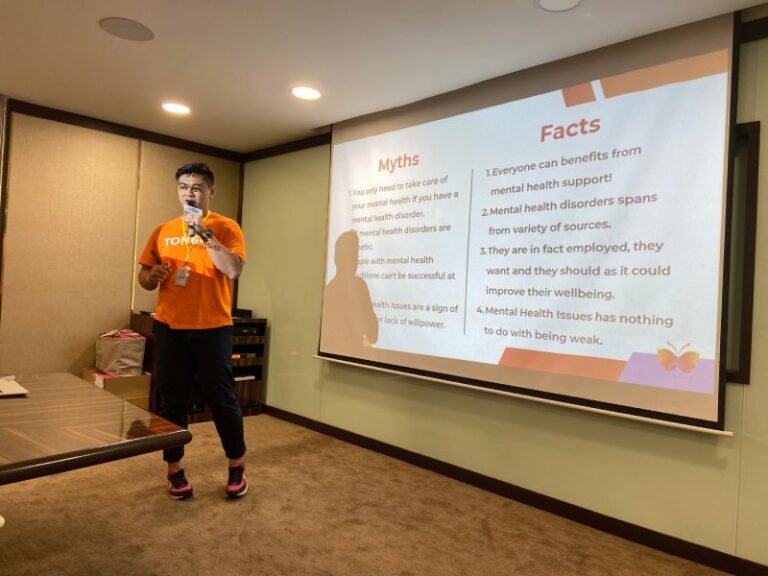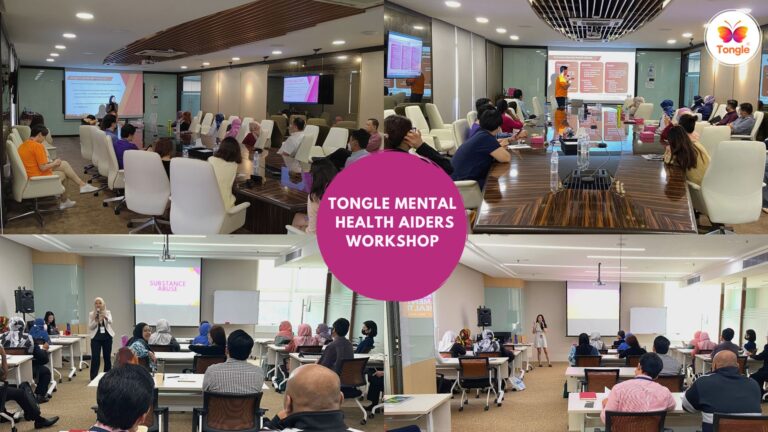1. Fostering a Healthy Workplace: Mental health aiders contribute to the cultivation of a workplace culture that prioritizes mental well-being, fostering an atmosphere of support and openness.
2. Timely Assistance: Trained mental health aiders can promptly identify signs of mental health issues in colleagues, enabling early intervention and timely access to resources.
3. Mitigating Stigma: By having mental health aiders, companies can actively reduce the stigma associated with mental health problems, encouraging employees to seek help without fear of judgment.
4. Enhancing Employee Well-Being: Valuing mental health in the workplace can boost employee morale, job satisfaction, and overall well-being, leading to increased engagement and productivity.
5. Reducing Workforce Disruptions: Addressing mental health concerns proactively can help minimize absenteeism and presenteeism, ultimately saving on costs.
6. Compliance and Ethical Responsibility: Employers have legal and ethical obligations to provide a safe and supportive workplace, including addressing mental health concerns, which mental health aiders can help fulfill.
7. Crisis Management: Trained mental health aiders are indispensable during mental health crises in the workplace, providing immediate support and facilitating access to professional help.
8. Employee Retention: Companies that prioritize mental health are more likely to retain valuable employees, as they feel valued and supported in their well-being.
9. Improved Productivity and Performance: Employees with good mental health tend to be more productive and perform better, and mental health aiders can help create an environment conducive to employee growth.
10. Cost-Efficiency: Addressing mental health issues at work can result in cost savings, including reduced turnover, decreased healthcare expenses, and increased overall productivity.
In summary, the presence of mental health aiders in the workplace is integral to establishing a supportive and mentally healthy environment, benefiting both employees and the organization as a whole.











